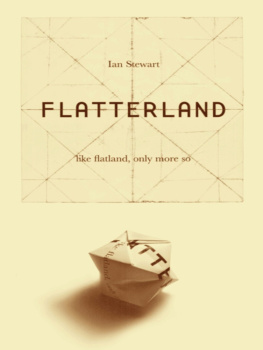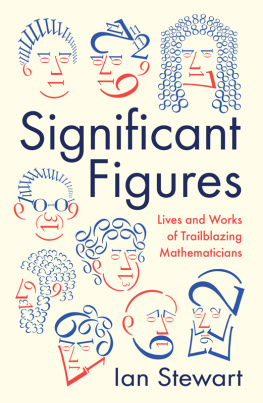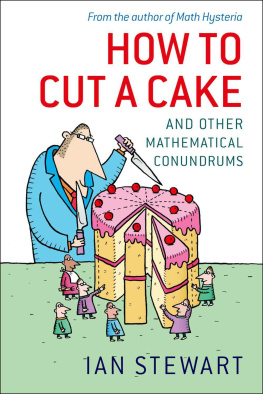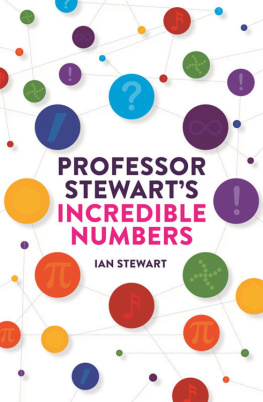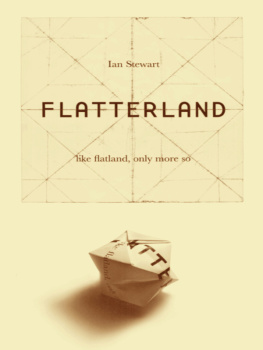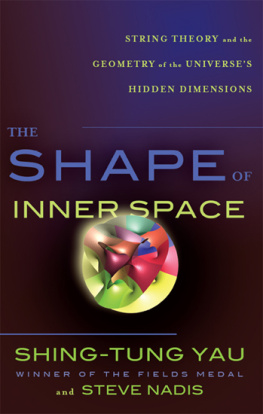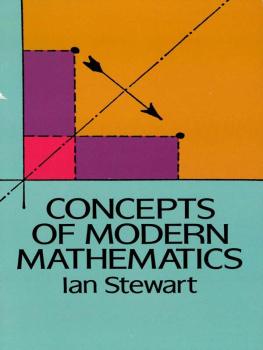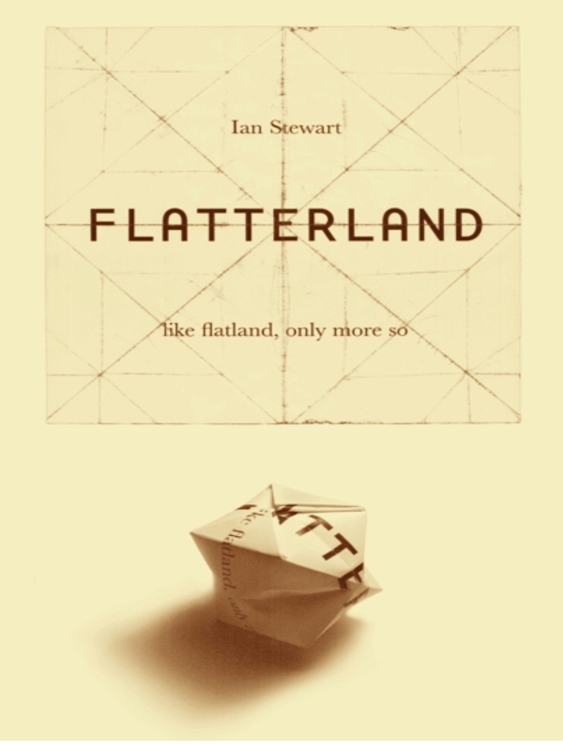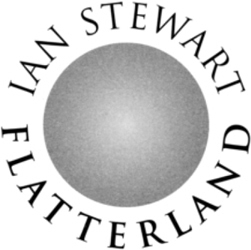Many of the designations used by manufacturers and sellers to distinguish their products are claimed as trademarks. Where those designations appear in this book and Basic Books was aware of a trademark claim, the designations have been printed in initial capital letters.
All rights reserved. No part of this publication may be reproduced, stored in a retrieval system, or transmitted, in any form or by any means, electronic, mechanical, photocopying, recording, or otherwise, without the prior written permission of the publisher. Printed in the United States of America.
A CIP record for this book is available from the Library of Congress.
ISBN-13 978-0-7382-0675-2
ISBN-10 0-7382-0675-X
eBook ISBN: 9780786723287
Books published by Basic Books are available at special discounts for bulk purchases in the U.S. by corporations, institutions, and other organizations. For more information, please contact the Special Markets Department at the Perseus Books Group, 11 Cambridge Center, Cambridge, MA 02142, or call (617)252-5298, or e-mail special.markets@perseusbooks.com.
FROM FLATLAND TO FLATTERLAND
Sometimes writers get a bee in their bonnet - an idea that buzzes around for years Euntil one day it suddenly crystallizes. Yes, its easy to crystallize a bee: you just have to get the right mix of metaphors. Flatterland is a crystallized bee. Let me tell you how it came about, and why.
In 1884, in Victorian England, a headmaster and Shakespearean scholar named Edwin Abbott Abbott - thats right, two Abbotts -wrote a classic of scientific popularization called Flatland. Written under the pseudonym A. Square, it tells of a world of two dimensions, a flat Euclidean plane that came straight out of the geometry texts of that period. Abbott would have used them in his school. The inhabitants of Flatland are geometric figures - lines, triangles, squares, pentagons ... The rather narrow Victorian attitudes of A. Square are shattered by rumours of the Third Dimension, confirmed by a visitor from that extra-dimensional realm who is named The Sphere.
Flatland reprinted within a month and has never been out of print since. Its appeal has survived all intervening scientific and social upheavals. It exists in numerous editions, and several writers have published sequels or derivative works, such as Dionys Burgers Sphereland and Kee Dewdneys The Planiverse.
Flatterland is another.
The scientific purpose of Flatland was serious and substantial. Abbotts sights were focused not on the Third Dimension - familiar enough to his readers - but on the Fourth Dimension. Could a space of more than three dimensions exist? Where would you put it? Abbott softened up his readers resistance to such an outlandish notion by making them imagine how a Flatlander would respond to the outrageous suggestion that a Third Dimension could exist.
He had a second purpose, a very different one: to satirize the rigid social structure of Victorian England, with its hierarchies of status and privilege - especially the lowly status accorded to women. To this purpose he made the females of Flatland mere one-dimensional lines, inferior even to the slimmest of isosceles triangles, and vastly inferior to the circular Priesthood. Flatland was - and still is - a very subversive book. Some supporters of female emancipation misunderstood Abbotts satire, and in the preface to the second edition he was forced to explain that A. Square
has himself modified his own personal views, both as regards Women and as regards the Isosceles or Lower Classes ... But, writing as a Historian, he has identified himself (perhaps too closely) with the views generally adopted by Flatland, and (as he has been informed) even by Spaceland Historians; in whose pages (until very recent times) the destinies of Women and of the masses of mankind have seldom been deemed worthy of mention and never of careful consideration.
So there! Abbott was, in fact, a social reformer who believed in equal educational opportunity for all social classes and genders; Flatlands narrow-minded social system is his cry of frustration.
The Fourth Dimension was hot intellectual property in Abbotts day. His interest in it came a decade before H. G. Wellss celebrated science-fiction story The Time Machine, which was serialized in the New Review (1894-5) and published as a book by Heinemann in 1895. Wells, like any good science-fiction author, based his tale on a solid dose of scientific gobbledegook, which in this case is supplied by the Time Traveller:
But wait a moment. Can an instantaneous cube exist?
Dont follow you, said Filby.
Can a cube that does not last for any time at all, have a real existence?
Filby became pensive.
Clearly, the Time Traveller proceeded, any real body must have extension in four directions: it must have Length, Breadth, Thickness, and - Duration ...
... There are really four dimensions, three which we call the three planes of Space, and a fourth, Time. There is, however, a tendency to draw an unreal distinction between the former three dimensions and the latter, because it happens that our consciousness moves intermittently in one direction along the latter from the beginning to the end of our lives ...
... But some philosophical people have been asking why three dimensions particularly - why not another direction at right angles to the three? - and have even tried to construct a Four-Dimensional geometry. Professor Simon Newcomb was expounding this to the New York Mathematical Society only a month or so ago.
Wellss reference to Newcomb reminds us that in the late nineteenth century higher-dimensional geometry was all the rage among mathematicians, especially Arthur Cayley (1821-95) and J. J. Sylvester (1814-97). Sylvester emigrated to the States and became a major founding figure of American mathematics. Some of the ideas about higher dimensions were introduced into physics by Hermann Minkowski (1864-1909), and were among the things that led to Relativity, the brainchild of (among others) Albert Einstein (1879-1955).
Im giving you the dates to make it clear that Flatland is slap in the middle of all this. Abbott was a prolific writer, with some sixty books to his credit, though none of the others are remotely similar to Flatland. He was a passionate educator, and evidently understood the difference between serious science and solemn science. His fascination with some of the cutting-edge science of his day, in conjunction with these attributes, gave the world a classic.
At the start of the twenty-first century, mathematics and science have moved a long way from where they were at the end of the nineteenth. The Fourth Dimension is mild indeed compared with the mind-boggling inventions of geometers and physicists -spaces with infinitely many dimensions, spaces with none, spaces with fractional dimension, spaces with finitely many points, curved spaces, spaces that get mixed up with time, and spaces that arent really there at all. The

